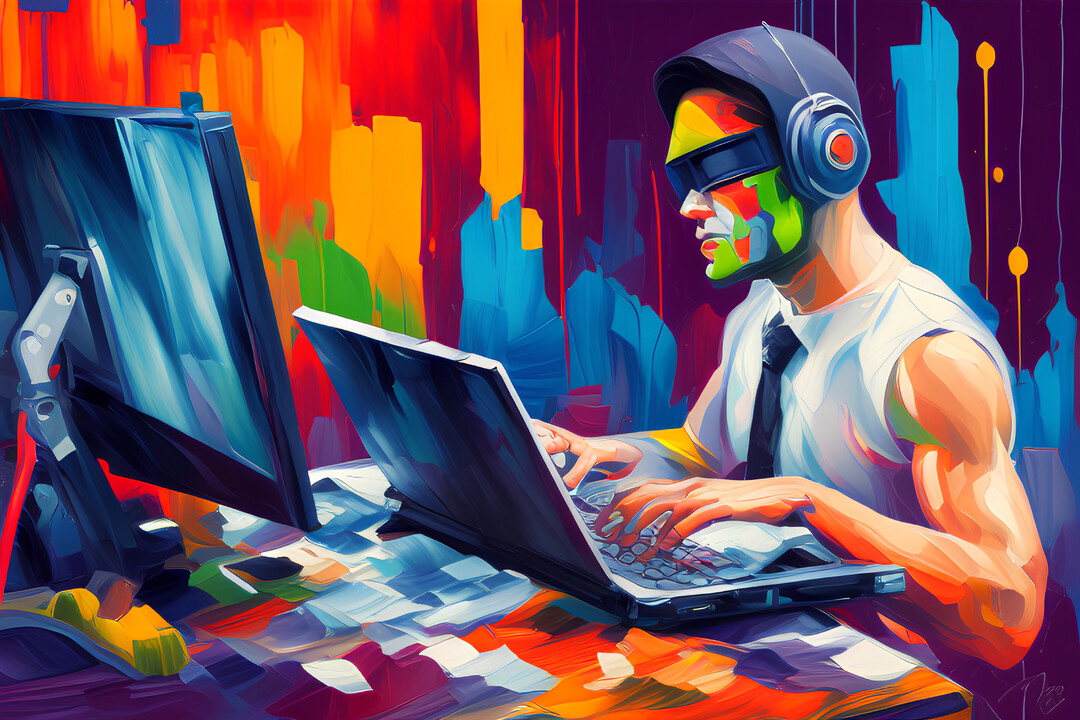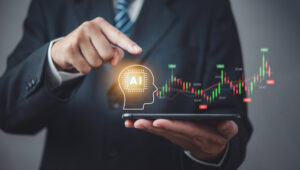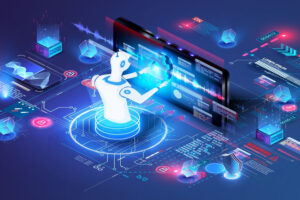In recent years, the integration of AI in cultural design applications has sparked a profound transformation in the way we approach creativity and tradition. With the continuous advancement of technology, AI has become a pivotal tool for digital creators seeking to blend cultural heritage with modern design practices. This article delves into the multifaceted role of AI, exploring its potential to revolutionize cultural design.

The Evolution of AI in Design
The journey of AI in design began with simple algorithms and has now evolved into complex systems capable of learning and adapting. This evolution has opened new avenues for cultural design, where tradition meets innovation.
Early AI Tools
Initially, AI tools were limited to basic functions like pattern recognition. However, as technology progressed, these tools became more sophisticated, offering capabilities such as image generation and design automation.
Modern AI Innovations
Today’s AI innovations are reshaping the landscape of cultural design. Platforms like Top Innovations showcase how AI can create dynamic and culturally relevant designs.
AI and Cultural Preservation
One of the most significant benefits of integrating AI in cultural design is its ability to preserve cultural heritage. By analyzing historical data, AI can recreate traditional designs and ensure their longevity in a digital format.
Data Analysis for Heritage
AI systems can analyze vast amounts of cultural data, identifying patterns and styles that define a particular heritage. This process aids in preserving the essence of cultural elements while adapting them for contemporary use.
Recreating Traditional Art
Through machine learning, AI can mimic traditional art forms, allowing digital creators to experiment with age-old techniques. This blend of old and new fosters innovation while respecting cultural roots.
AI’s Impact on Cultural Identity
While AI offers tools for preservation, it also poses challenges regarding cultural identity. The question arises: How can we ensure that AI-generated designs remain authentic to their cultural origins?
Balancing Authenticity and Innovation
To maintain authenticity, digital creators must carefully curate AI-generated content. By collaborating with cultural experts, creators can ensure that designs reflect true cultural values and traditions.
AI in Global Design
AI enables creators to explore global cultural influences, resulting in designs that resonate with diverse audiences. This global approach not only broadens the scope of cultural design but also promotes cross-cultural understanding.
The Role of AI in Modern Design Practices
Incorporating AI into modern design practices has become increasingly prevalent. From Portfolio Creation to Logo Animation, AI tools offer unprecedented opportunities for creativity.
Enhancing Creativity
By automating repetitive tasks, AI frees up time for creators to focus on innovation. This shift allows for more experimentation and the development of unique design concepts.
AI in Graphic Software
Software like AI Plugins enhances traditional graphic design tools, offering new features that streamline the design process and expand creative possibilities.
Challenges and Opportunities
While the integration of AI in cultural design applications presents numerous opportunities, it also comes with challenges that must be addressed to maximize its potential.
Ethical Considerations
One of the primary concerns is the ethical use of AI in cultural design. Ensuring that AI-generated designs do not exploit or misrepresent cultural elements is crucial for maintaining integrity.
Future Prospects
Despite these challenges, the future of AI in cultural design is bright. As technology continues to advance, so too will the ability of AI to create culturally significant and innovative designs.
Conclusion
In conclusion, the integration of AI in cultural design applications marks a new era of creativity and innovation. By bridging the gap between tradition and technology, AI offers digital creators the tools to preserve cultural heritage while pushing the boundaries of modern design. As we continue to explore the potential of AI, it is essential to balance innovation with authenticity, ensuring that our cultural identities remain intact.

FAQs
What is AI’s role in cultural design?
AI helps preserve cultural heritage by analyzing data and recreating traditional designs, ensuring they remain relevant in a digital age.
How does AI impact cultural identity?
AI offers tools for cultural preservation while posing challenges regarding authenticity. Collaboration with cultural experts ensures designs reflect true values.
What are the future prospects of AI in design?
The future is promising, with technology advancements enhancing AI’s ability to create culturally significant and innovative designs.
For more insights on AI in design, check out this Hubspot article.







